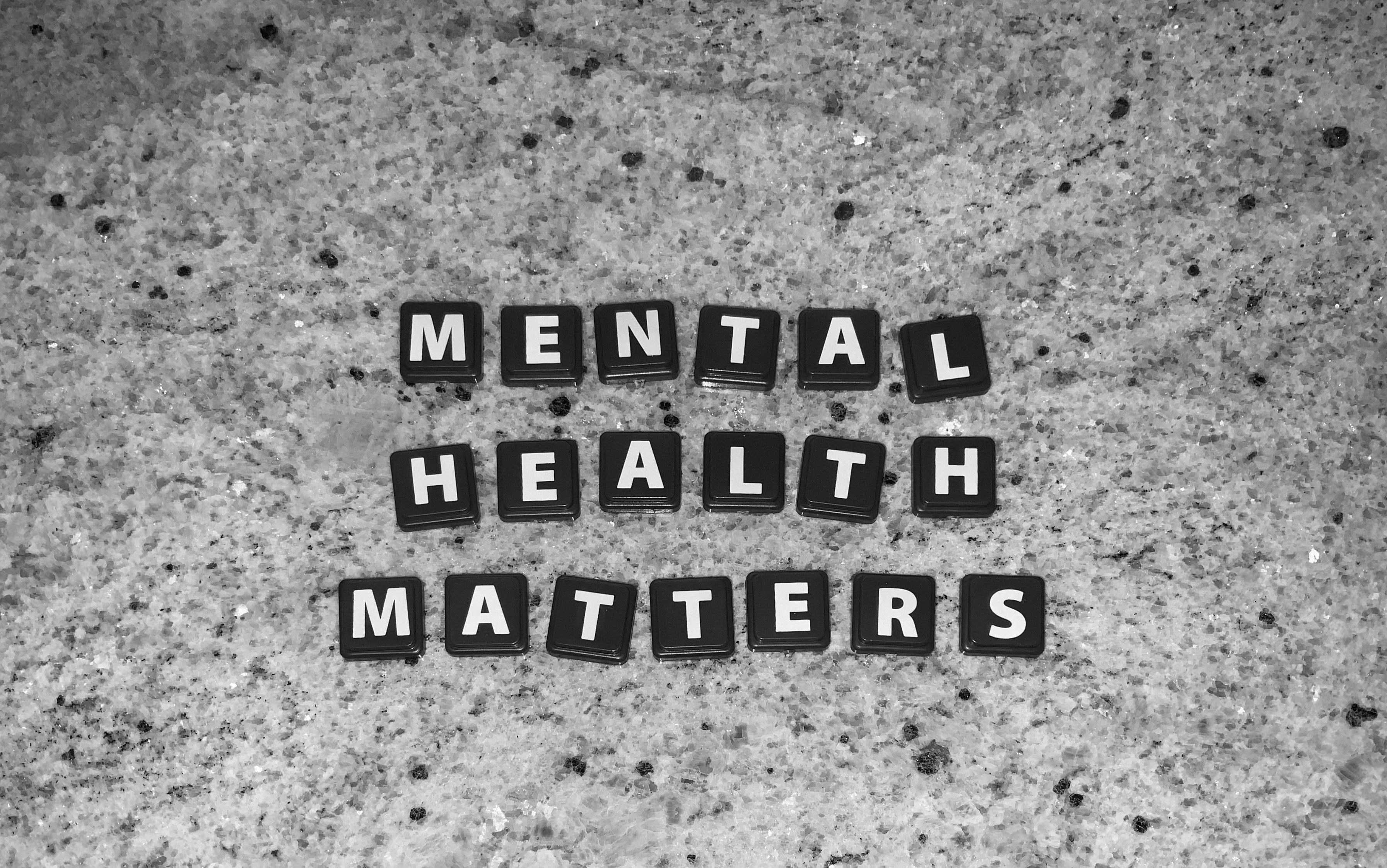Navigating the Silent Storm: Understanding Anxiety Disorders
Anxiety disorders are among the most prevalent mental health conditions worldwide, affecting millions of lives daily. These complex psychological states go far beyond occasional nervousness or worry, often manifesting as debilitating conditions that can significantly impair one's quality of life. Despite their widespread occurrence, anxiety disorders remain widely misunderstood and frequently stigmatized. This article delves into the multifaceted nature of anxiety disorders, exploring their historical context, current understanding, and the evolving landscape of treatment options. By shedding light on this often invisible struggle, we aim to foster greater awareness and empathy for those grappling with these challenging conditions.

The modern conceptualization of anxiety disorders began to take shape in the late 19th and early 20th centuries. Sigmund Freud’s work on neurosis laid the groundwork for understanding anxiety as a psychological phenomenon, although his theories have since been largely superseded. The term “anxiety neurosis” was first coined by Freud in 1895, marking a significant shift in how mental health professionals approached these conditions.
The Spectrum of Anxiety Disorders
Today, anxiety disorders are recognized as a diverse group of conditions, each with its own unique characteristics and challenges. The Diagnostic and Statistical Manual of Mental Disorders (DSM-5) outlines several distinct anxiety disorders, including Generalized Anxiety Disorder (GAD), Panic Disorder, Social Anxiety Disorder, and various specific phobias.
Generalized Anxiety Disorder is characterized by persistent and excessive worry about various aspects of life, often without a clear trigger. Panic Disorder involves recurrent, unexpected panic attacks, accompanied by intense physical symptoms and fear of future attacks. Social Anxiety Disorder manifests as an overwhelming fear of social situations and scrutiny by others. Specific phobias are intense, irrational fears of particular objects or situations, such as heights, spiders, or flying.
The Neurobiological Underpinnings
Advances in neuroscience have provided valuable insights into the biological basis of anxiety disorders. Research has revealed that these conditions involve complex interactions between various brain regions, neurotransmitters, and hormones. The amygdala, a key structure in emotional processing, plays a central role in the anxiety response, often showing heightened activity in individuals with anxiety disorders.
Neurotransmitters such as serotonin, norepinephrine, and gamma-aminobutyric acid (GABA) have been implicated in the regulation of anxiety. Imbalances in these chemical messengers can contribute to the development and maintenance of anxiety disorders. Additionally, the hypothalamic-pituitary-adrenal (HPA) axis, which regulates the body’s stress response, often shows dysregulation in individuals with chronic anxiety.
The Impact of Modern Life on Anxiety
While anxiety disorders have existed throughout human history, many experts argue that certain aspects of modern life have contributed to their increased prevalence. The rapid pace of technological change, information overload, and constant connectivity can create a sense of overwhelm and uncertainty. Social media, while offering opportunities for connection, can also fuel comparison, fear of missing out (FOMO), and social anxiety.
Economic pressures, job insecurity, and the blurring of work-life boundaries in the digital age have added new dimensions to work-related stress and anxiety. Climate change and global political instability have introduced existential concerns that can exacerbate anxiety on both individual and societal levels. Understanding these modern contextual factors is crucial for developing effective strategies to address anxiety in contemporary society.
Innovative Treatment Approaches
The treatment landscape for anxiety disorders has evolved significantly in recent years, offering new hope for those struggling with these conditions. Cognitive-Behavioral Therapy (CBT) remains a gold standard in psychological treatment, helping individuals identify and challenge anxiety-provoking thoughts and behaviors. Newer variants, such as Acceptance and Commitment Therapy (ACT) and Mindfulness-Based Stress Reduction (MBSR), integrate mindfulness techniques to promote greater psychological flexibility and emotional regulation.
Pharmacological interventions have also seen advancements, with newer generations of antidepressants and anti-anxiety medications offering improved efficacy and reduced side effects. However, there’s growing interest in non-pharmacological approaches, including neurofeedback, transcranial magnetic stimulation (TMS), and virtual reality exposure therapy.
The Role of Lifestyle and Holistic Approaches
Increasingly, mental health professionals are recognizing the importance of holistic approaches in managing anxiety disorders. Regular exercise has been shown to have powerful anxiolytic effects, rivaling some medications in its ability to reduce anxiety symptoms. Nutritional interventions, including the adoption of anti-inflammatory diets and the use of specific supplements, are gaining attention for their potential to support mental health.
Mindfulness and meditation practices, once considered alternative, have become mainstream tools in anxiety management. These techniques help individuals cultivate present-moment awareness and develop a more balanced relationship with their thoughts and emotions. Sleep hygiene, stress management techniques, and social support networks are also crucial components of a comprehensive approach to anxiety management.
Breaking the Stigma: The Path Forward
Despite increased awareness, stigma surrounding anxiety disorders persists, often preventing individuals from seeking help. Public education campaigns, celebrity disclosures, and media portrayals are slowly shifting perceptions, but there’s still work to be done. Workplace initiatives addressing mental health, school-based programs promoting emotional intelligence, and community support groups are all playing roles in normalizing conversations about anxiety and mental health.
As our understanding of anxiety disorders continues to evolve, so too must our approaches to prevention, treatment, and support. By fostering a society that acknowledges the complexity of these conditions and supports those affected, we can create a more compassionate and mentally healthy world. The journey to understanding and managing anxiety disorders is ongoing, but with continued research, innovation, and empathy, there is hope for those navigating this silent storm.





